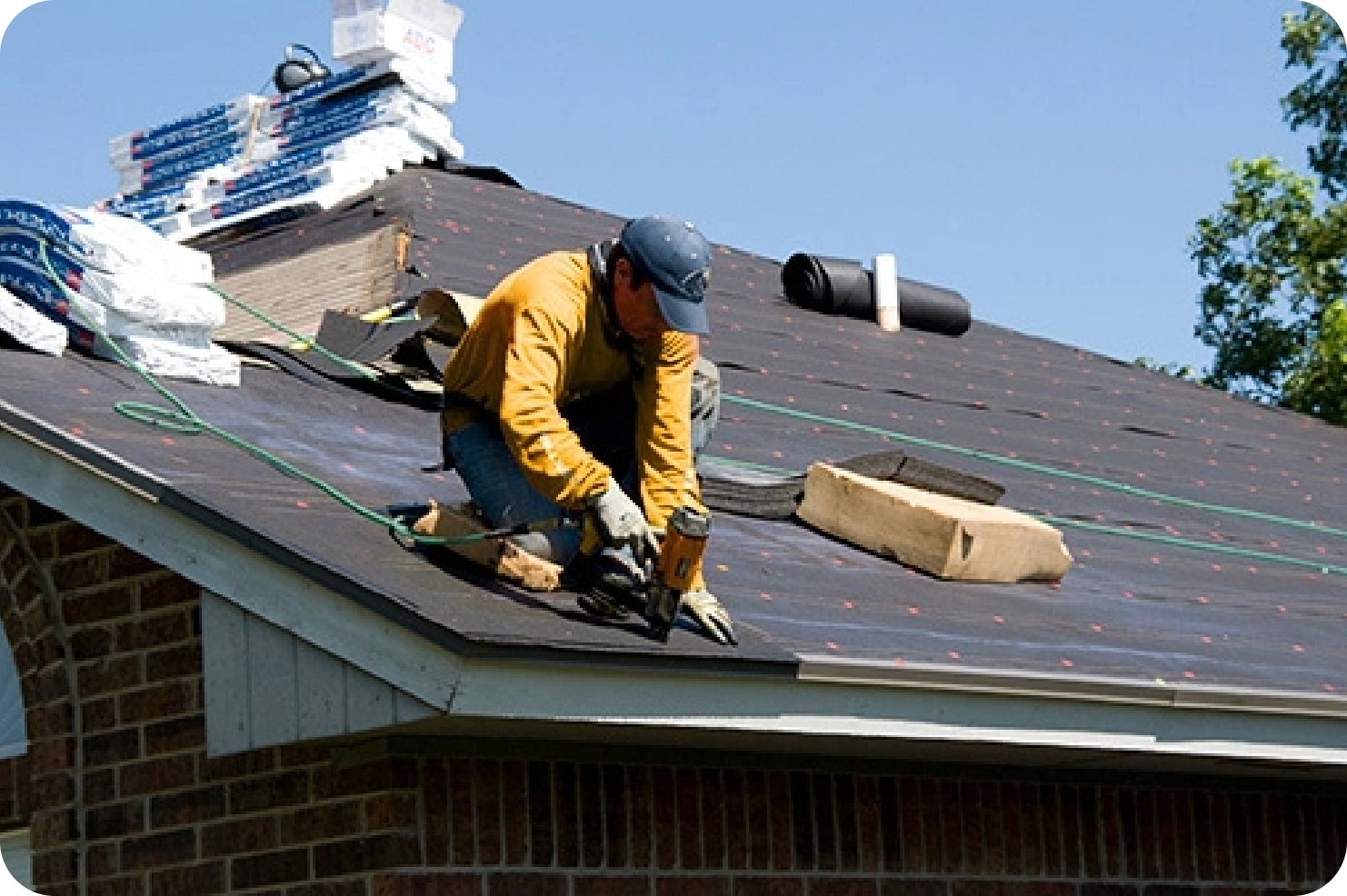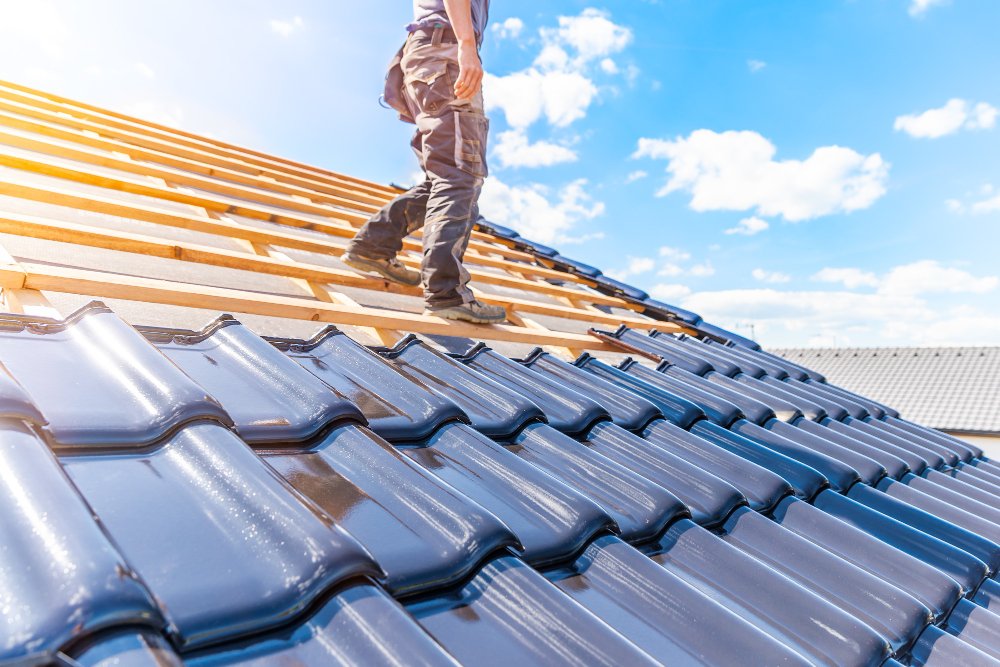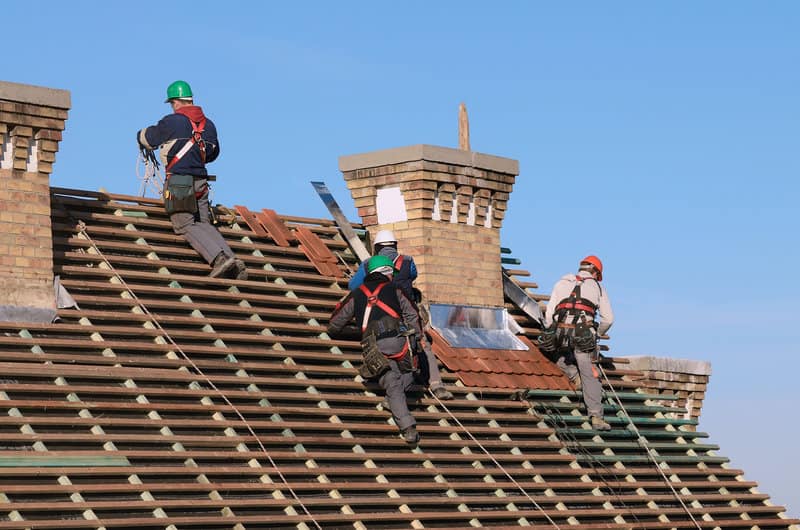How to Evaluate Different Roof Alternatives for Your Building Needs
Assessing roof covering alternatives for your structure needs an extensive technique that takes into consideration numerous aspects such as the planned use the framework, regional climate problems, and product characteristics. It is important to weigh the advantages and disadvantages of different roof covering types, from asphalt roof shingles to metal and clay tiles, while also factoring in initial costs and long-term maintenance. Additionally, recognizing power performance and visual charm can affect your decision. As you contemplate these factors to consider, one concern remains: which factors will ultimately lead your option for a sustainable and aesthetically pleasing roof covering solution?
Evaluating Your Building's Requirements
To effectively examine roof alternatives, begin by completely evaluating your structure's requirements. Beginning by taking into consideration the building's meant usage, as different frameworks might demand varying roof covering specs. As an example, residential roofs often prioritize visual appeals and insulation, while industrial structures might concentrate on resilience and load-bearing ability.
Following, review the local environment problems that will impact roofing efficiency. Elements such as temperature fluctuations, rainfall levels, and wind patterns can affect material option and style. A roof that excels in a temperate environment may not execute as well in locations prone to hefty snowfall or extreme warm.
Additionally, analyze the architectural integrity of your structure. Make sure that the existing framework can sustain the chosen roof covering materials, specifically if thinking about much heavier choices. It is also critical to evaluate any local building ordinance or regulations that might dictate details demands for roof.

Contrasting Roofing Materials
Once an extensive analysis of your building's demands has been completed, the next step involves contrasting various roof covering products. Each product uses distinctive benefits and negative aspects, making it important to straighten your choice with your certain demands and situations.
Asphalt shingles are widely recognized for their price and convenience of installation, making them a popular option for property structures. On the various other hand, steel roof, known for its resilience and durability, can endure extreme weather yet might include a higher first investment.
Clay and concrete floor tiles provide outstanding thermal insulation and visual charm, particularly for Mediterranean-style architecture, yet they require an even more robust architectural support due to their weight. Timber trembles deal a natural look and excellent insulation buildings however may demand a lot more maintenance and are vulnerable to fire hazards.
Evaluating Price and Budget
Analyzing your roof options demands a careful examination of cost and spending plan considerations. The total budget for a roof covering job consists of several aspects, consisting of product prices, labor expenses, upkeep, and potential lasting savings. It is vital to develop a clear budget plan prior to discovering specific roof products, as this will assist the decision-making process and assist you stay clear of overspending.
Begin by obtaining quotes from several service providers to comprehend labor prices in your area. Make certain that these estimates consist of all essential services, such as removal of the old roof, setup, and any type of additional features, like insulation or ventilation enhancements - Sylvania Roofing Contractor. Next, examine the expense of numerous roof products, thinking about both first installment prices and anticipated lifespan

Comprehending Power Performance
Energy performance straight from the source plays an essential function in the choice of roofing products and systems, substantially influencing both power usage and overall convenience within a structure. An appropriate roof can enhance thermal performance, decreasing the demand for home heating and cooling systems, try this site which subsequently decreases energy bills and reduces environmental effect.
When examining roof alternatives, consider products that show rather than take in warm. Additionally, correct insulation and air flow are necessary to optimize the energy performance of the whole roof covering system.
One more essential factor is the roof's durability and maintenance requirements. Sturdy materials that call for much less regular substitute add to lasting power cost savings. Furthermore, the power effectiveness of a roof can likewise be assessed with its compliance with well-known sustainability rankings such as ENERGY CELEBRITY or LEED.
Taking Into Consideration Visual Charm
A roofing's visual charm substantially influences the total appearance of a structure, complementing its architectural style and improving aesthetic appeal. Sylvania Roofing Contractor. When reviewing roof alternatives, it is important to take into consideration exactly how the selected product, color, and design will balance with the existing framework and neighborhood. A properly designed roof can raise even the simplest of buildings, changing them into visual centerpieces
Various roof covering products provide numerous aesthetic qualities. As an example, typical shingles may evoke a traditional appeal, while steel roofing can impart a contemporary, smooth appearance. Furthermore, the shade of the roof covering product plays an essential function; lighter tones can make a structure show up even more large, while darker tones might develop a cozier setting.
In addition, building aspects, such as dormers and eaves, can boost the roof covering's aesthetic influence. It is a good idea to speak with expert designers or architects to make sure the chosen roofing choice aligns with the general design intent. Ultimately, a roof needs you could try these out to not just give useful benefits but additionally contribute favorably to the structure's visual, reflecting the proprietor's preference and the personality of the surrounding environment.
Conclusion
